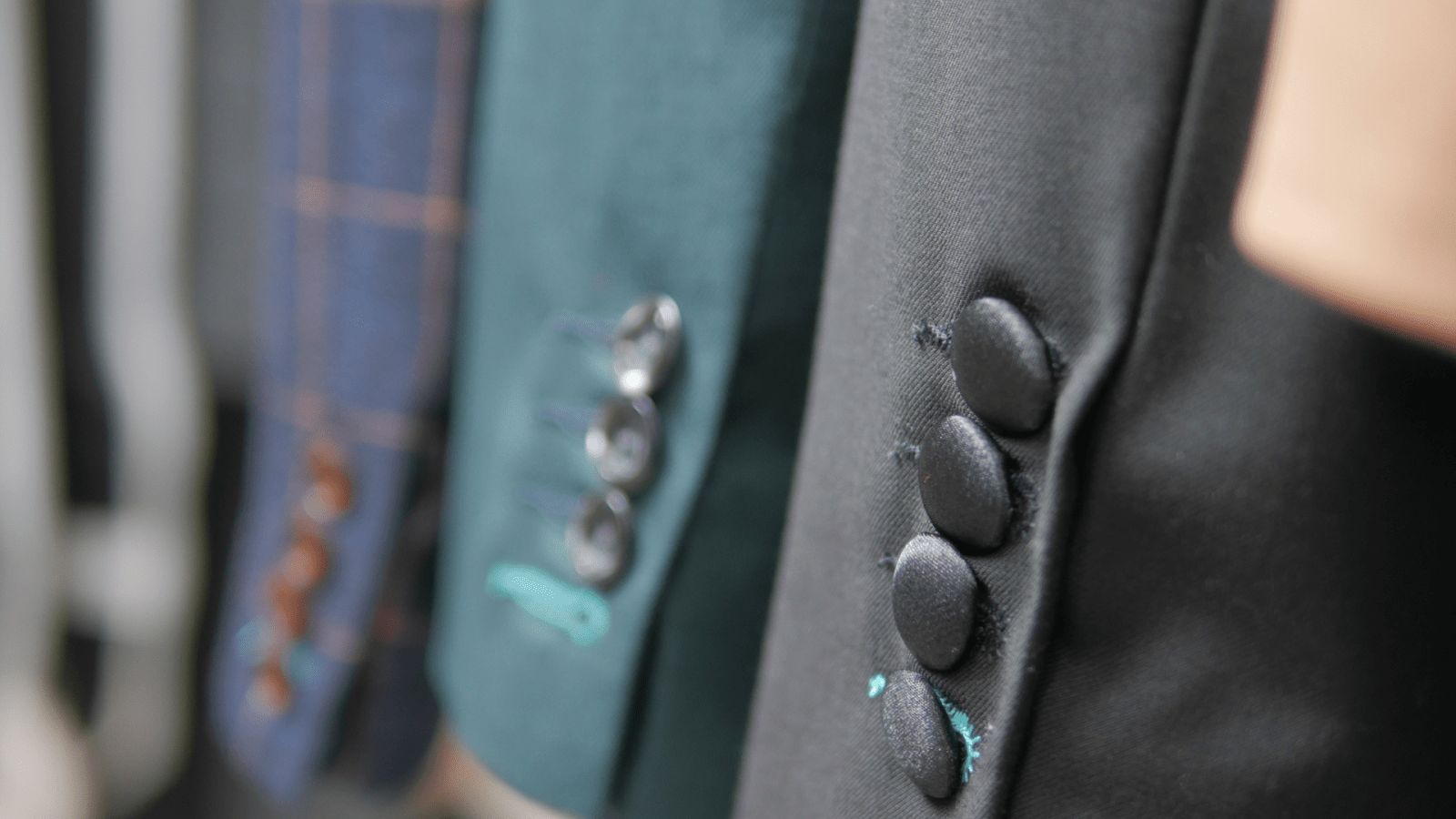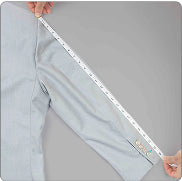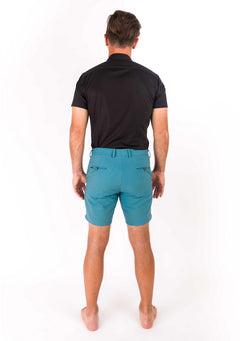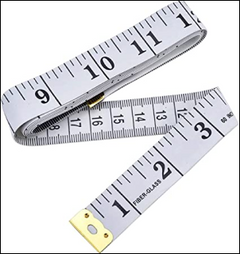
How Much Is It To Dry Clean A Suit?
Contents
- Factors That Influence The Price Of Suit Dry Cleaning
- How Fabric Type Affects Your Suit Cleaning Cost
- When To Dry Clean Your Suit: Timing And Frequency
-
- Where You Live Matters: City Vs. Suburban Pricing
- Dry Cleaning Vs. Machine Washing: What You Need To Know
- Tips To Save Money On Suit Dry Cleaning
- Final Thoughts
- Frequently Asked Questions About How Much Is It To Dry Clean A Suit?
Key Takeaways:
- Suit Fabric Greatly Affects Dry Cleaning Costs: Premium fabrics like wool, linen, silk, and velvet require specialized care, leading to higher dry cleaning prices compared to synthetics and cotton blends.
- Location and Cleaner Reputation Influence Pricing: Urban areas with higher overhead and boutique cleaners generally charge more, while suburban shops offer lower rates but may have fewer service options.
- Proper Cleaning Frequency Saves Money and Extends Suit Life: Dry clean your suit only when necessary—typically after 3-5 wears—and use spot cleaning and proper storage to reduce trips to the dry cleaner and maintain your suit’s quality.
You’ve got a great suit—it fits right, feels sharp, and turns heads. But after a few wears, it’s starting to show signs of life: maybe a little sheen on the lapel, a faint whiff of last weekend’s wedding, or a mystery stain that wasn’t there this morning. Time for the dry cleaner. But then comes the question: How much is this going to cost me?
At Sartoro, we know that taking care of your suit shouldn’t feel like a luxury. Whether you wear yours daily or just for special occasions, knowing how much to budget for professional cleaning—and how often you should do it—can help you keep your wardrobe crisp without wasting cash.
In this guide, we’re breaking down the real cost of dry cleaning a suit, what factors can change the price, and how to get the most value every time you drop it off.
Factors That Influence The Price Of Suit Dry Cleaning
While "how much to dry clean a suit" seems straightforward, the answer is shaped by various variables. Dry cleaning a suit is not a one-size-fits-all service—several distinct factors go into the pricing you’ll encounter.
Fabric And Material
The fabric of your suit plays a crucial role in pricing. Premium materials such as merino wool, linen, and cashmere require more specialized solvents and delicate handling during dry cleaning. Synthetics and standard wools may cost less due to their resilience, while luxury fabrics tend to command a higher price tag.
Construction And Detailing
Not all suits are created equal. A suit with extensive inner canvassing, reinforced stitching, or intricate linings often demands extra care. Special design details such as decorative buttons, contrast piping, or hand-stitched lapels can make the cleaning process more labor-intensive and, as a result, more expensive.
Suit Components
A standard two-piece suit includes a jacket and trousers, but if your ensemble features a vest or other accessories, expect the cleaning cost to adjust accordingly. Three-piece suits and tuxedos, with numbered components, are typically priced higher than their simpler counterparts.
Stain Removal And Extra Services
If your suit requires special treatment, such as stain removal, odor neutralization, or pressing, these add-ons can influence the final bill. Tough stains like red wine, ink, or oil may require additional products or cycles, impacting the overall expense.
Location And Cleaner Reputation
The cost of dry cleaning varies widely depending on your city or neighborhood. High-end or boutique cleaners often charge more for expertise and premium service, while regional cost differences also play a role. Reputation and specialized knowledge can mean higher rates and peace of mind when trusting your suit to the professionals.
How Fabric Type Affects Your Suit Cleaning Cost
The type of material your suit is crafted from plays a significant role in determining its look and feel, care requirements, and associated cleaning costs. Let’s break down how different fabrics can impact your dry cleaning bill.
Wool: The Timeless Classic
Wool suits are a staple in many wardrobes, prized for their breathability, drape, and year-round versatility. While wool is generally durable, it requires a delicate touch during the cleaning process to preserve its natural fibers and shape. Most dry cleaners are experienced with wool, but you can expect to pay a standard to slightly premium price, particularly if your suit is made from fine merino or worsted wool.
Linen: Lightweight But High-Maintenance
Linen exudes sophistication and keeps you cool in warmer months, but its propensity to wrinkle requires extra care during cleaning. Dry cleaners may charge more for linen suits, as the fabric can be more labor-intensive to press and finish properly without damaging its structure.
Cotton: Comfortable And Practical
Cotton suits blend everyday comfort with smart appearance, and they generally fall in the middle range for dry cleaning prices. While less delicate than linen, cotton can be susceptible to shrinkage or color fading if not handled professionally. The cleaning process usually ensures these risks are minimized, but it may cost slightly more than synthetic blends.
Synthetics & Stretch Blends: Modern Efficiency
Suits engineered with synthetic fibers like polyester, or innovative stretch compositions, are increasingly popular for their resilience and flexibility. These fabrics often require less meticulous care and are more affordable to clean, making them a practical choice for anyone who prizes convenience. However, specialized blends may call for specific cleaning solutions, so confirm with your cleaner for accurate pricing.
Silk And Velvet: The Luxurious Outliers
If your suit boasts silk, velvet, or other luxurious and less common fabrics, expect a noticeable uptick in cleaning costs. These materials demand specialized care, gentle solvents, and expert handling to avoid damage. The rarity and delicacy of these textiles are reflected in the premium you pay at the dry cleaner.
When To Dry Clean Your Suit: Timing And Frequency
Proper care is essential for maintaining the longevity, shape, and sharp appearance of your suit. One common concern for suit owners is determining the appropriate schedule for dry cleaning without risking premature wear. The correct frequency can keep your garment looking impeccable and feeling its best, whether for the boardroom or a black-tie affair.
Recognizing The Signs It’s Time For Dry Cleaning
Not every occasion calls for a trip to the cleaners. Look out for these cues:
- Visible stains or spills, especially those caused by food, drinks, or oil.
- Noticeable odors that can’t be resolved with simple airing out.
- Accumulation of dust or dirt after extended wear.
Even with regular wear, if your suit still looks crisp and fresh after brushing and airing out, you can usually hold off on your next visit to the dry cleaner.
How Often Should You Dry Clean?
There’s no universal rule, but most style experts recommend dry cleaning your suit only when necessary, typically after every three to five wears if used in formal settings. Two to three times per year may be more than sufficient for those who rotate several suits or only wear them occasionally. Over-cleaning can weaken fibers and fade fabrics, so err on the side of caution.
Other Maintenance Practices Between Cleanings
To extend the time between professional cleanings and preserve your suit’s integrity:
- After each use, a soft brush removes surface dust and dirt.
- Store your suit on a wide, supportive hanger to maintain its shape.
- Allow your suit to air out after wear, avoiding cramped closets.
- Spot-clean minor blemishes immediately with a gentle, suit-safe cleaner.
These habits ensure your suit remains fresh and presentable while minimizing unnecessary trips to the dry cleaner.
Where You Live Matters: City Vs. Suburban Pricing
The cost of dry cleaning a suit isn’t just about fabric and service—it’s heavily influenced by where you live. From high-rent city blocks to quiet suburban strips, geography plays a significant role in pricing. Here's how location impacts what you'll pay.
Higher Overhead In Urban Areas
Dry cleaners in major cities face steeper rent, labor costs, and operating expenses. That overhead often gets passed on to you. In places like New York, Los Angeles, or San Francisco, you might pay anywhere from $15 to $50 to dry clean a two-piece suit. Convenience and fast turnaround times can also inflate the price.
Suburban Pricing Tends To Be Lower
Operating costs are typically lower in suburban areas, so prices are, too. You’ll likely pay $12 to $25 to dry clean a suit outside big metropolitan centers. There’s often less rush service markup, and some suburban shops offer bundle pricing or loyalty discounts to local customers.
Competition Drives Price Variability
Cities often have dozens of dry cleaners within a few blocks, creating a competitive market. While this could mean better service options, it doesn’t always lead to cheaper pricing. In suburban areas, fewer options can mean stable pricing and less flexibility or variety in services offered.
Convenience Vs. Cost Trade-Off
Living in a city? You’re paying for speed, accessibility, and flexible hours. Suburbs offer a lower-cost experience, but with less emphasis on speed and convenience. Where you live will ultimately shape your expectations and how much you’re willing to pay for keeping your suit sharp.
Dry Cleaning Vs. Machine Washing: What You Need To Know
When caring for a suit, not all cleaning methods are created equal. While tossing your blazer or trousers into the washing machine may feel tempting (or time-saving), it’s not always the most brilliant move. Here's what separates dry cleaning from machine washing—and why it matters for your suit.
Fabric Integrity And Suit Structure
Dry cleaning protects delicate fabrics like wool, linen, or silk. It uses a solvent instead of water, which helps preserve the structure of your suit and prevents shrinkage, warping, or fabric distortion. On the other hand, machine washing agitates garments and can easily cause the canvas construction or padding to lose shape, especially in the jacket.
Stain Removal And Finish Quality
Dry cleaners target stains like oil, grease, and wine without damaging the material. They also press and finish suits precisely, giving you that crisp, professional look. Machine washing risks setting stains and lacks the fine finishing that makes your suit look polished and tailored.
Longevity And Wear Over Time
Repeated machine washes can quickly break down suit fibers, leading to fraying, color fading, and a general loss of quality. Dry cleaning—when done correctly and not excessively—extends the life of your suit by maintaining its shape, texture, and color.
The Bottom Line
Dry cleaning is non-negotiable if your suit is made from structured or high-value fabrics. Machine washing may work for casual, unstructured garments made from cotton blends, but it's a gamble for traditional suits. Stick to dry cleaning for anything with tailoring, lining, or delicate material. Your closet will thank you.
Tips To Save Money On Suit Dry Cleaning
Dry cleaning is essential for maintaining your suits' impeccable look and longevity, but frequent trips to the cleaners can add up. Fortunately, with a strategic approach, you can safeguard your investment and reduce your annual dry cleaning expenses without compromising style.
Choose The Right Frequency
Contrary to popular belief, suits do not need to be dry cleaned after every wear. In most cases, wearing a suit three to five times between cleanings is perfectly acceptable—unless you experience spills or heavy sweating. Staggering your cleanings helps preserve the fabric and saves money in the long run.
Spot Clean When Possible
Address minor stains and spots immediately with a damp cloth or a fabric-safe stain remover. For minor marks, at-home spot cleaning prevents the need for a full dry cleaning session, extending the time between professional treatments.
Practice Proper Storage
Proper suit storage goes a long way in maintaining freshness. Always hang your suit on a wide, structured hanger to help retain the shape, and use a breathable garment bag to protect it from dust and odors. Letting your suit air out after each wear also reduces the need for frequent cleaning.
Rotate Your Wardrobe
Multiple suits in your rotation ensure that no one gets overworn or over-cleaned. This not only preserves the condition of each suit but also helps distribute cleaning costs over a longer period.
Seek Out Loyalty Programs And Bundles
Many dry cleaners offer loyalty programs, prepaid packages, or discounts on bulk orders. Take advantage of these offers to bring down the per-cleaning cost, especially if you frequently need multiple garments cleaned at once.
With thoughtful care and a few practical strategies, you can maintain your suit’s sharp appearance without overspending on dry cleaning.
Final Thoughts
Keeping your suit looking sharp doesn't have to be expensive or complicated. By understanding what drives dry cleaning costs and how to care for your suit between cleanings, you can preserve its shape, fabric, and style without blowing your budget. Whether you're rocking wool, linen, or velvet, the key is to clean smart: only when necessary, with the right cleaner, and with an eye toward long-term maintenance.
Read also:
Frequently Asked Questions About How Much Is It To Dry Clean A Suit?
Can I get a discount for dry cleaning multiple suits at once?
Many dry cleaners offer bulk discounts if you bring in several suits simultaneously. It's a good idea to ask your local cleaner if they provide special rates for multiple garments, as policies can vary widely between businesses.
How often should I dry clean my suit?
The recommended frequency for dry cleaning a suit depends on how often you wear it and the environment in which it’s worn. For most men, cleaning a suit every three to six wears is sufficient. Over-cleaning can be harsh on the fabric, so consider spot cleaning minor blemishes and rotating your suits to extend their life.
Is it cheaper to dry clean a suit or to launder it?
Laundering is generally less expensive than dry cleaning, but most suits, especially those made from wool or delicate fabrics, are meant to be dry cleaned to maintain their structure and finish. Laundering is rarely recommended for suits as it can damage the material and affect the fit.
Does dry cleaning a suit extend its life?
Dry cleaning can help preserve a suit’s appearance by removing stains, odors, and oils that naturally accumulate over time. However, excessive dry cleaning can weaken fibers and shorten a suit’s lifespan, so it’s best to dry clean only when necessary and to follow the care instructions on the garment’s label.
Are there any ways to reduce the cost of dry cleaning a suit?
A few strategies can help manage dry cleaning expenses: consider cleaning your suit only when it truly needs it, remove dust and lint at home with a quality clothes brush, and use a steamer to refresh between wears. Joining a loyalty program or searching for seasonal promotions at your local dry cleaner can also help lower costs.
Can stains increase the cost of dry cleaning a suit?
Yes, if your suit has stubborn stains or requires special treatment, dry cleaners may charge an additional fee for stain removal. The type and severity of the stain and the fabric can affect the final price.




















































